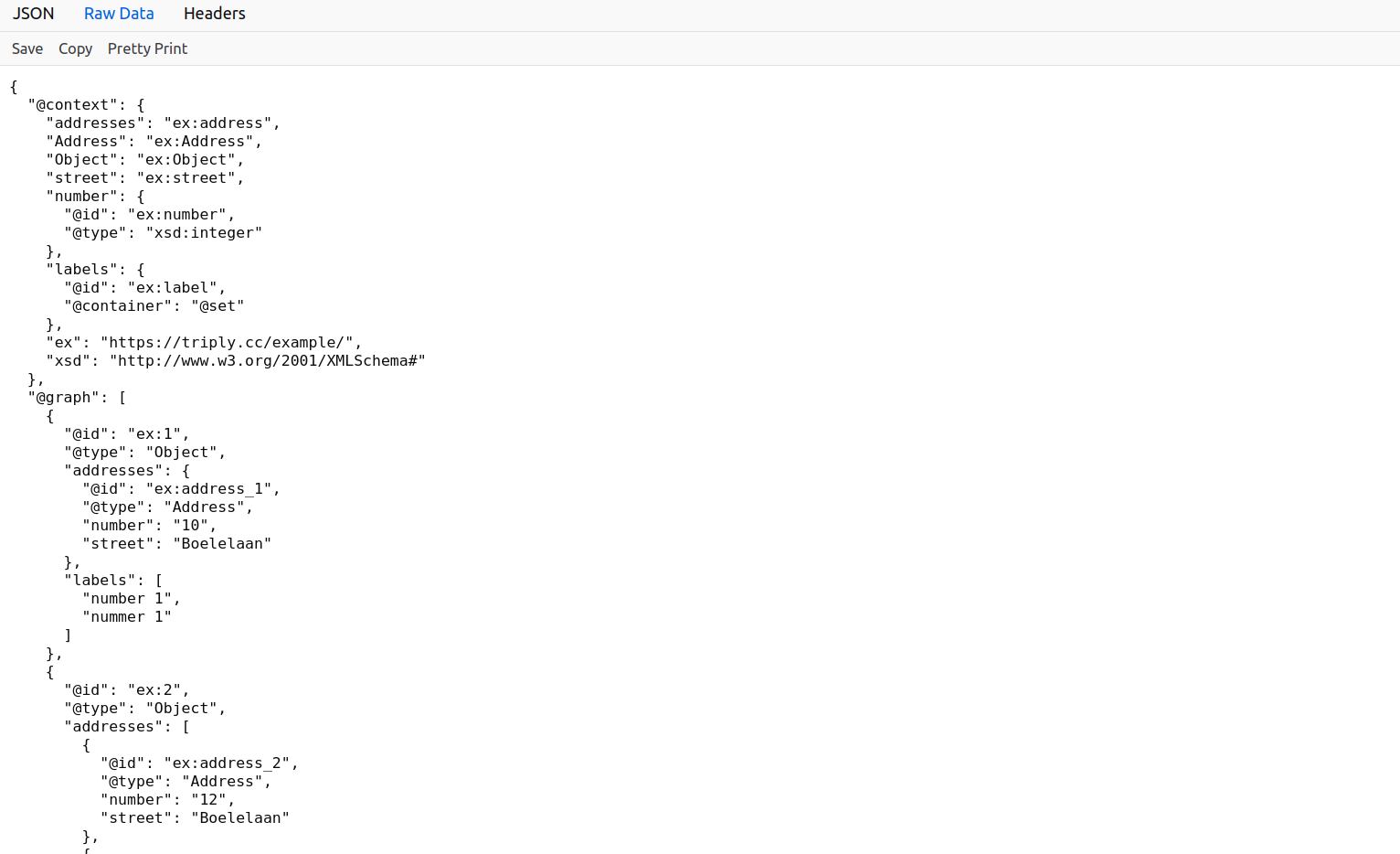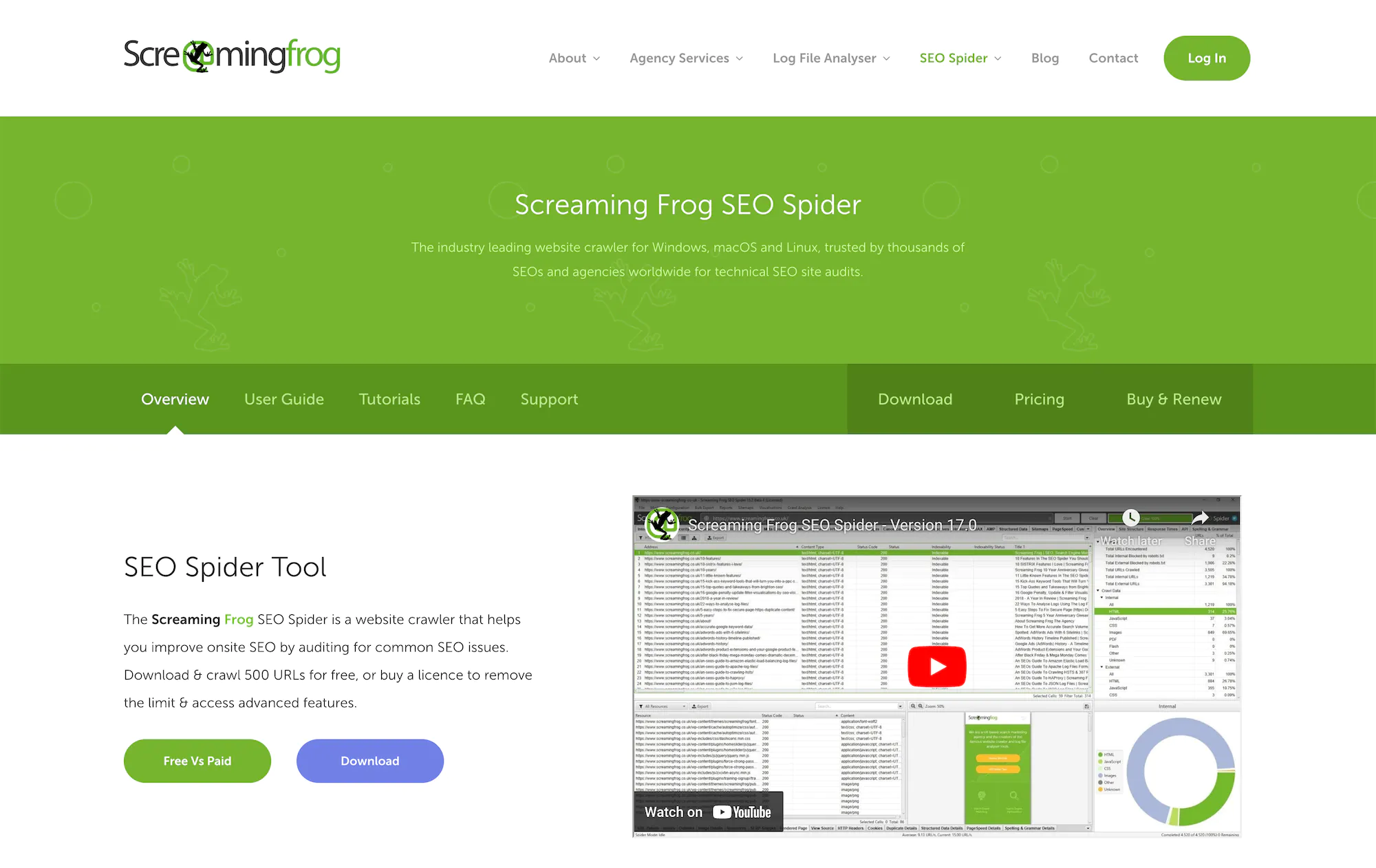
In the ever-evolving world of digital marketing, website navigation plays a critical role in user experience and search engine optimization (SEO). One of the most effective tools for improving both is Breadcrumb Schema. This structured data markup helps search engines understand your site’s hierarchy, which can lead to better visibility, higher click-through rates, and improved user engagement.
As we move further into 2025, the importance of structured data continues to grow. Search engines like Google are becoming more sophisticated in how they interpret and display content. By implementing Breadcrumb Schema correctly, you can ensure that your website not only ranks well but also provides a seamless experience for users navigating through your site.
This article will guide you through the fundamentals of Breadcrumb Schema, its benefits, and how to implement it effectively. Whether you’re a seasoned web developer or just starting out with SEO, this step-by-step guide will help you leverage Breadcrumb Schema to enhance your website’s performance.
What Is Breadcrumb Schema and Why It Matters
Breadcrumb Schema is a type of structured data markup that helps search engines understand the hierarchical structure of your website. It is part of the broader Schema.org vocabulary, a collaborative effort by major search engines to standardize how websites communicate their content.
In simple terms, Breadcrumb Schema allows you to define a “trail” of links that show users where they are on your site. For example, if someone lands on a product page, the breadcrumb trail might look like:
Home > Electronics > Smartphones > iPhone 14
This not only helps users navigate your site more easily but also gives search engines a clearer understanding of your site’s architecture.
Why does this matter? Search engines use this information to determine how to display your site in search results. When implemented correctly, Breadcrumb Schema can lead to rich snippets, which are enhanced search result listings that include additional information like the page title, description, and even the breadcrumb trail itself.
According to a study by Ahrefs, pages with rich snippets have a 30% higher click-through rate compared to those without. This makes Breadcrumb Schema a powerful tool for driving traffic and improving user experience.
How Breadcrumb Schema Impacts SEO Performance
Implementing Breadcrumb Schema has several direct and indirect impacts on your SEO strategy:
- Improved Click-Through Rates (CTR): Rich snippets with breadcrumbs make your listing stand out in search results. Users are more likely to click on a result that clearly shows where they’ll end up.
- Enhanced User Experience: Breadcrumbs help users quickly find their way back to previous sections of your site, reducing bounce rates and increasing dwell time.
- Better Indexation: Search engines can more efficiently crawl and index your site when the hierarchy is clear. This can lead to faster indexing of new content and better coverage of your site.
- Mobile Optimization: With mobile-first indexing being the norm, ensuring that your breadcrumbs are visible and functional on all devices is crucial for maintaining good rankings.
Additionally, Breadcrumb Schema works hand-in-hand with other schema types such as WebSite Schema and Organization Schema, creating a cohesive structure that enhances your overall SEO strategy.
Step-by-Step Implementation Framework
1. Define or Audit the Current Situation
Before implementing Breadcrumb Schema, take a close look at your website’s current navigation structure. Ask yourself:
- Does your site have a clear hierarchy?
- Are your URLs descriptive and easy to understand?
- Do users have an easy time finding their way around your site?
If your site has complex categories or subcategories, Breadcrumb Schema is especially beneficial. However, if your site is very simple, you may not need it.
Use tools like Google Search Console or Screaming Frog to audit your site’s structure and identify areas where breadcrumbs could improve navigation.
2. Apply Tools, Methods, or Tactics
To implement Breadcrumb Schema, you’ll need to add a specific JSON-LD script to your website’s HTML. Here’s a basic example:
<script type="application/ld+json">
{
"@context": "https://schema.org",
"@type": "BreadcrumbList",
"itemListElement": [
{
"@type": "ListItem",
"position": 1,
"name": "Home",
"item": "https://www.yourwebsite.com/"
},
{
"@type": "ListItem",
"position": 2,
"name": "Products",
"item": "https://www.yourwebsite.com/products"
},
{
"@type": "ListItem",
"position": 3,
"name": "Electronics",
"item": "https://www.yourwebsite.com/products/electronics"
},
{
"@type": "ListItem",
"position": 4,
"name": "Smartphones",
"item": "https://www.yourwebsite.com/products/electronics/smartphones"
}
]
}
</script>
You can generate this code using tools like Google’s Structured Data Markup Helper or Schema App. These tools simplify the process by guiding you through each step of the schema creation.
3. Measure, Analyze, and Optimize
Once you’ve added Breadcrumb Schema to your site, monitor its impact using tools like Google Search Console and Google Analytics. Look for changes in:
- Click-through rates (CTR)
- Bounce rates
- User engagement metrics
You can also use A/B testing to compare pages with and without Breadcrumb Schema to see which performs better.
Remember, Breadcrumb Schema should be consistent across all pages. Ensure that the viewable breadcrumb on your site matches the one defined in the schema to avoid any discrepancies that could harm your SEO efforts.
Real or Hypothetical Case Study
Let’s consider a hypothetical e-commerce store called TechGear that sells electronics. Before implementing Breadcrumb Schema, their product pages had generic URLs like https://www.tecgear.com/product/12345.
After adding Breadcrumb Schema, the URL in search results changed to:
Home > Electronics > Laptops > MacBook Pro
This made the listing more appealing and informative. As a result, CTR increased by 25%, and dwell time improved by 18% within the first month.
Moreover, Google began showing rich snippets for TechGear’s product pages, which included the breadcrumb trail. This helped users understand exactly where they would land, leading to a 12% increase in conversions.
Tools and Techniques for Breadcrumb Schema
Here are some of the best tools to help you implement and test Breadcrumb Schema:
- Google’s Structured Data Markup Helper – A user-friendly tool that guides you through the process of generating schema markup.
- Schema App – Offers a visual editor for creating and managing schema markup across your site.
- Google Search Console – Helps you check for errors and validate your schema.
- Screaming Frog – A powerful crawler that can audit your site’s structure and identify missing or incorrect schema.
- JSON-LD Validator – Ensures that your schema is properly formatted and free of errors.
These tools can save you time and help you avoid common pitfalls, such as incorrect positioning or mismatched content between the schema and the actual breadcrumb.
Future Trends and AI Implications
As AI continues to shape the future of SEO, Breadcrumb Schema will become even more important. Search engines like Google are increasingly relying on natural language processing (NLP) and machine learning to understand user intent and provide more accurate results.
In the coming years, we can expect:
- More personalized search results based on user behavior and context.
- Improved voice search optimization, where clear site hierarchies help AI understand where users are going.
- Enhanced multimodal search experiences, where rich snippets like breadcrumbs play a key role in helping users find what they’re looking for.
To stay ahead, focus on user-centric design and ensure that your site’s structure is intuitive and well-documented. Breadcrumb Schema is just one piece of the puzzle, but it’s a vital one.
Key Takeaways
- Breadcrumb Schema improves both user experience and SEO by clarifying your site’s structure.
- It increases click-through rates and dwell time, leading to better engagement and conversions.
- Implementing Breadcrumb Schema involves adding a JSON-LD script to your site’s HTML.
- Use tools like Google’s Structured Data Markup Helper and Google Search Console to test and optimize your schema.
- Breadcrumb Schema works best when paired with other schema types like WebSite and Organization Schema.
- Stay ahead of the curve by focusing on user-centric design and AI-ready structures.
By leveraging Breadcrumb Schema, you can create a more intuitive and engaging website that not only ranks well but also delights your users.
Meta Title: How to Use Breadcrumb Schema for Better Website Navigation and SEO
Meta Description: Learn how to implement Breadcrumb Schema to improve your website’s navigation, SEO, and user experience.
SEO Tags (5):
– Breadcrumb Schema
– SEO Best Practices
– Website Navigation
– Schema Markup
– User Experience
Internal Link Suggestions:
– Parameter #3: Schema Markup for E-commerce Sites
– Parameter #7: WebSite Schema Markup
– Parameter #12: Organizational Schema for Local Businesses
External Source Suggestions:
– Schema.org
– Google Search Console Help Center









